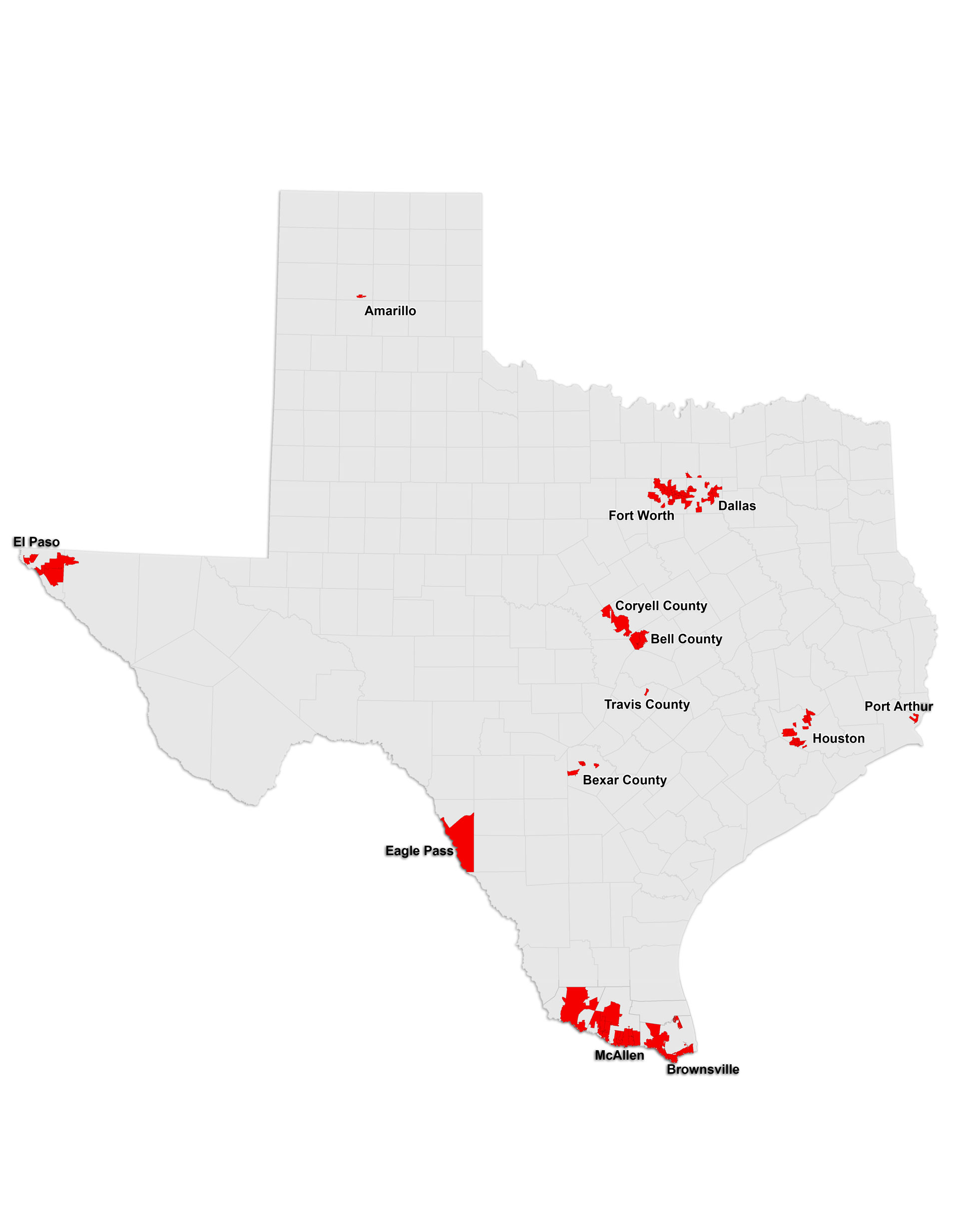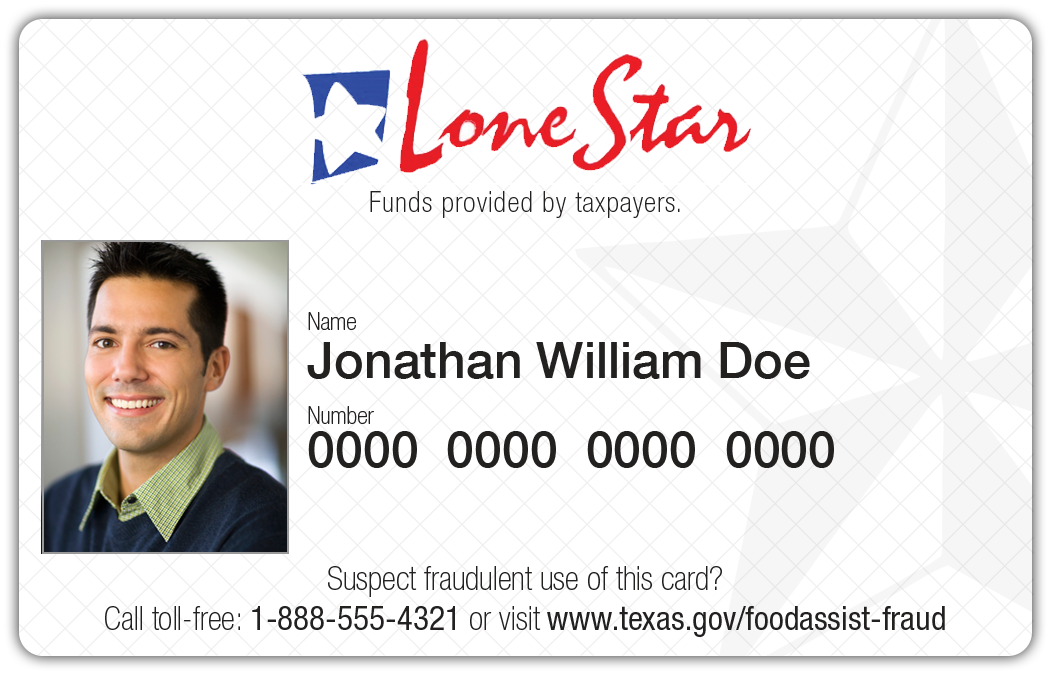Schaefer Calls for Greater Agency Scrutiny, LoneStar Card Reforms
Rep. Matt Schaefer has uncovered nearly $107 million in Texas Food Stamp spending outside of the Lone Star State—with over 60 percent spent in non-bordering states, raising important questions of accountability and possible fraud in the multi-billion dollar program.
The purchases were made using the state’s LoneStar food stamp cards over a two-year period between 2014-15. While high rates of spending in border states like New Mexico and Louisiana are to be expected, the majority of out-of-state purchases were in non-border states. Sixty-one percent of the $106.8 million was spent in states stretching from Maine to California, Alaska to Hawaii, even as far as Guam and the Virgin Islands.
States with Highest Out-Of-State SNAP Spending 2014-15:
- Louisiana – $18.2 million
- Arkansas – $9.1 million
- Oklahoma – $7.9 million
- Florida – $6.7 million
- California – $6.1 million
- New Mexico – $6 million
- Idaho – $4.2 million
- Georgia – $3.8 million
- Mississippi – $3.3 million
- Colorado – $3 million
Top 100 Zip Codes With Highest Out-of-State Food Stamp Spending 2015
(Map Excludes NM, OK, AR, and LA Spending)
Schaefer said the data is disturbing and shows a need for greater accountability and oversight in the program. He recently brought the information his office discovered to the leadership of the Texas Health and Human Services Commission (HHSC) and the HHSC Office of Inspector General (OIG), which has promised to investigate the data thoroughly.
To address concerns of fraud, waste, and abuse, HHSC is creating a Public Benefit Integrity Unit that will utilize computer analytics to better identify fraudulent applications before benefits are distributed. Verifying a recipient’s identity is critical to the integrity of this program because over 65 percent of those receiving state benefits (including food stamps) apply online. HHSC is also developing software to analyze IP address data to detect persons that are applying for benefits from a computer address that is located out of Texas. These needed technological reforms will provide better oversight to the program, but there is still work to be done on this issue.
Rep. Schaefer said his office will monitor this situation closely and prepare legislation to address any problems it uncovers. Schaefer proposed legislation in 2015 to add the recipient’s photo ID and name on the LoneStar cards to help deter fraud, but the bill faced opposition from special interest groups and never made it to the House floor for a vote. Schaefer will re-introduce the bill in 2017.

Rep. Schaefer’s Proposed Redesign of the Texas LoneStar Card
“The State of Massachusetts has been proactive in deterring fraud by placing the name and photo of the recipient on their cards, just like on a bank card. If Massachusetts can do it, Texas can too,” Schaefer said. The goal, he added, isn’t to make it harder to use the card, but to make it more secure.
“We all recognize the need to assist the less fortunate with life’s basic needs in times of hardship, but we have an obligation to do everything we can to root out fraud, waste, and abuse,” Schaefer said. “It’s not just a question of dollars, it’s about protecting the integrity of the food stamp program for the millions of Texans who depend on it, and the millions more who pay the tax dollars that support it,” Schaefer said.
Food Stamps at a Glance:
- Texas’ Supplemental Nutrition Assistance Program (SNAP), commonly referred to as food stamps, provides food and vital stopgaps to over 3.7 million Texans facing financial hardship, finite unemployment or long-term disability. The average LoneStar card household receives $281 per month in benefits. Since 2000, Texas enrollment in SNAP has nearly tripled, and administrative costs have increased by 60% in the past 10 years. Only people who have a current residence in Texas can qualify for SNAP benefits. Certainly Texas residents travel and visit other states, but how many of them have permanently relocated? How many are abusing the system? How much is pure fraud?
- Manual transactions are possible with the LoneStar card, meaning if you have the card number and the Personal Identification Number (PIN) then a merchant can enter the information into a point of sale system and complete a purchase. Selling LoneStar card numbers and PINs is a common form of SNAP fraud and it happens with regularity in Texas. In March of this year, arrests were made in connection with retail food stamp fraud at a meat and seafood market in Marshall. Additionally, in the past three years, the OIG has completed investigations finding over $45 million in alleged food stamp fraud.
